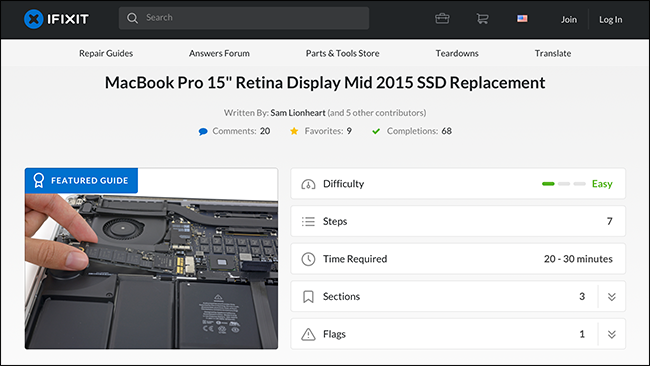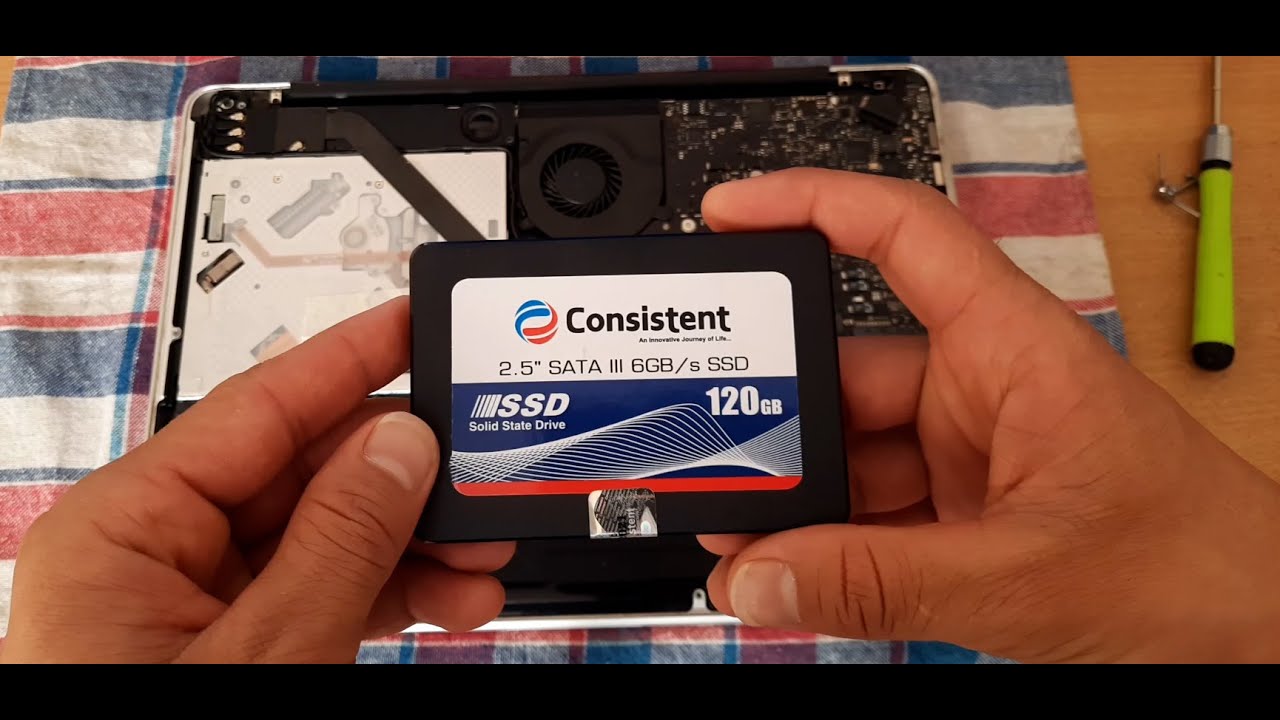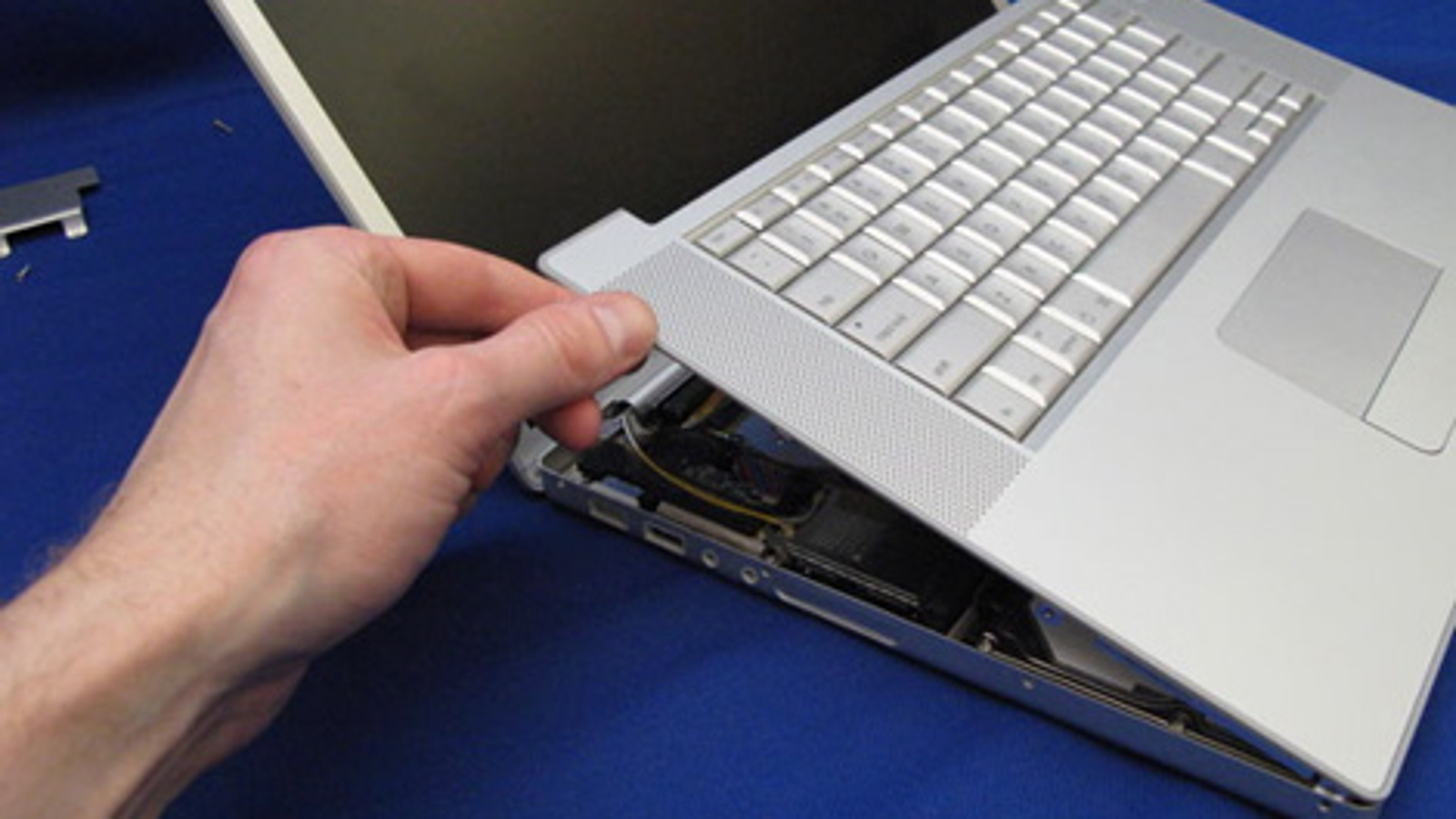

- How to replace mac pro hard drive with ssd how to#
- How to replace mac pro hard drive with ssd mac os#
- How to replace mac pro hard drive with ssd install#
- How to replace mac pro hard drive with ssd update#
- How to replace mac pro hard drive with ssd upgrade#
Whether you have an iMac, MacBook Pro, MacBook Air, or another Mac device, Mac computers all have a finite amount of space. But to help you do it all by yourself, we’ve gathered our best ideas and solutions below.
How to replace mac pro hard drive with ssd update#
However, this EFI update doesn’t always happen, and it may be a case that you need to follow a few more steps to instal the new drive.So here's a tip for you: Download CleanMyMac to quickly solve some of the issues mentioned in this article. The critical EFI update that we need for the new SSD should have been implimented with the installation of the High Sierra MacOS.

Normally you shouldn’t have to worry about this EFI update as it should have been installed as your Mac Pro (2013) was updated. This used a PCIe 2.0 x4 interface – for our newer Nvme drive to be recognised by the Mac it requires something known as an EFI update.
How to replace mac pro hard drive with ssd mac os#
However, when the Mac Pro (Late 2013) was released, the Mac OS was Mavericks, and the firmware for the machine was designed for the first generation of the SSD storage that we’re about to upgrade.
How to replace mac pro hard drive with ssd install#
Pop the new drive in and then use Opt, R to boot into startup recovery and select to install the latest version of Mac OS, at present Big Sur. Installing the new hard drive should be simple. It’s surprising that this machine suddenly feels fresh and speedy with the SSD and RAM both boosted. These both make a considerable difference to the feel of the machine and its usability editing the latest 4K video.
How to replace mac pro hard drive with ssd upgrade#
Upgrade results after Mac Pro (Late 2013) SSD upgradeīoth transfer results are impressive, with a 30% boost in reading and a 39% increase in writing speeds. Render times for Final Cut Pro are faster, and working with Layers in Photoshop is handled far better with less lag.

This performance boost comes in one of two forms firstly, the capacity has increased from 256GB to 1TB, which gives far more scope for applications and gives the machine far more scope for editing video.īut more noticeably, both Final Cut Pro and Photoshop seem to have a big power boost. Once the new drive is installed, it’s time to check out the difference in performance. When the screen appears, select Reinstall macOS from the utilities and follow the instructions. Reboot the machine and hold down Command (⌘)-R. Then the following steps will enable you to install the new SSD.Īs this is a new drive, you’ll need to re-install the OS completely.
How to replace mac pro hard drive with ssd how to#
If this is the case for you then scroll to the bottom of this article for instructions on how to update the Mac Pro (Late 2013) EFI so you can install a new SSD. Like the RAM update, the HD upgrade is relatively straightforward.Īt least for most users, the upgrade should be easy however, for a small minority, there may be an issue where the new drive isn’t recognised. With the benchmarks done, it’s time to install the new drive and check the results. Not bad for an eight-year-old Mac, but with the new SSD, we should see a performance as well as a storage capacity boost. One of these original Apple SSD’s languishes within our test Mac and checking out the speed with the benchmarking tools comes up with the following results.

While the speeds were fantastic, the hard drive sizes were small, 256GB being standard. To put the speed into perspective, a traditional optical hard drive could offer transfer speeds of around 40MB/s this was relatively good, then SSD’s arrived, and speeds accelerated to 80MB/s, vastly improving performance.īut then NVme SSD arrived with transfer speeds in excess of 1000MB/s, and when the Mac Pro (Late 2013) launched, those sorts of speeds were unheard of even now, this is fast. Essentially, you’ll be able to edit 4K video and high-resolution images with the speed and efficiency of the latest machines. This SSD will boost both the capacity, from 256GB to 1TB and the internal drive transfer speeds. Since 2013 SSD technology has advanced, and while the technology has changed, the Mac Pro (Late 2013) can be updated to work with specific new drives such as the OWC Aura Pro X2. The Mac Pro (Late 2013) was one of the first commercially available machines to feature the new style of SSD, albeit an early version. While the latest computers containing these drives boast about groundbreaking speeds, Mac users have taken advantage of these lightning-fast hard drives for years. If you haven’t come across them before, then don’t worry they’re just a form of storage, like a traditional hard drive, just many, many times faster and with a different connector. Nvme SSD hard drives have been around for a while, but they’re only just becoming mainstream.


 0 kommentar(er)
0 kommentar(er)
